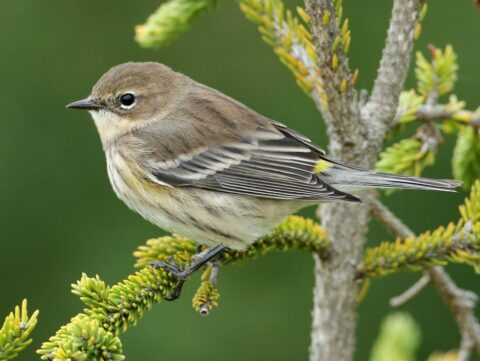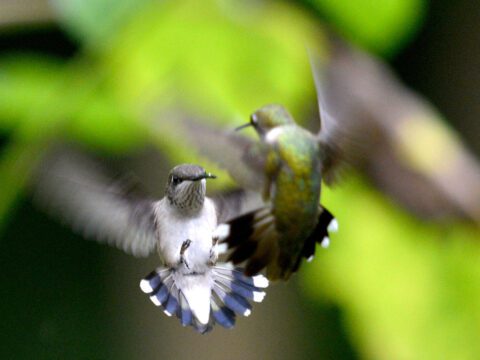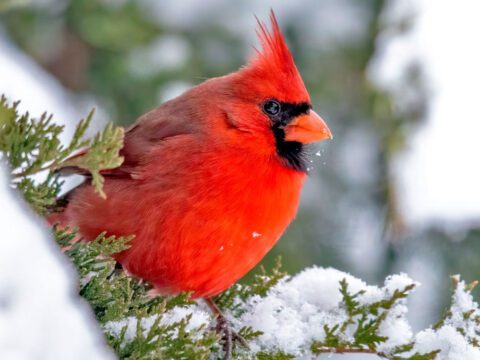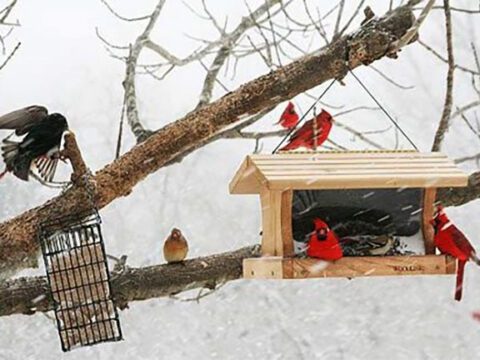Take Note! Tips for Keeping a Field Notebook
April 15, 2010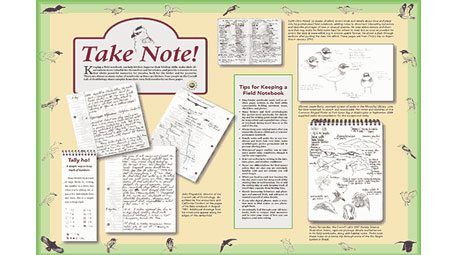
Keeping a field notebook can help birders improve their birding skills, make their observations more valuable for themselves and for science, and provide a treasure trove that elicits powerful memories for decades, both for the birder and for posterity. There are almost as many styles of notebooks as there are birders.
Four people at the Cornell Lab of Ornithology share samples from their own field notebooks on these pages, and scroll to the bottom for our tips for keeping a field notebook.
John Fitzpatrick, director of the Cornell Lab of Ornithology, described his first encounters with California Condors on the pages of his field notebook in August 1981
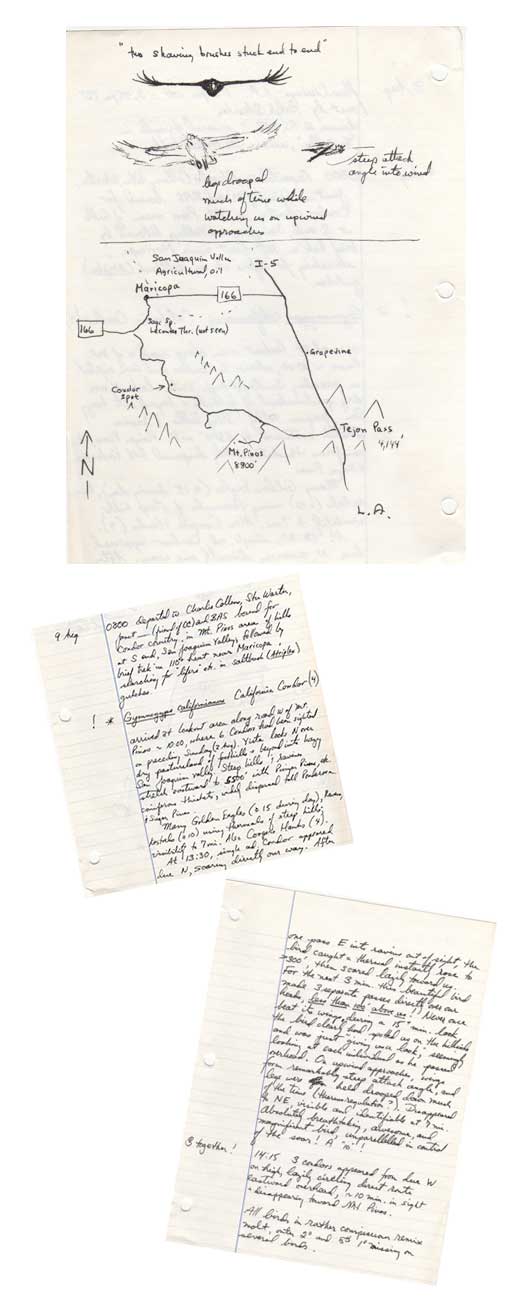
Chris Wood, co-leader of eBird, enters birds and details about time and place into his pocket-sized field notebook, adding notes to document interesting behaviors and describe plumages of new or unusual species. He uses abbreviations and shortcuts that may make his field notes hard for others to read, but as soon as possible he enters the data at www.eBird.orgin a more usable format. He draws a slash through sections after putting the data into eBird. These pages are from Chris’s trip to Argentina in January 2010.
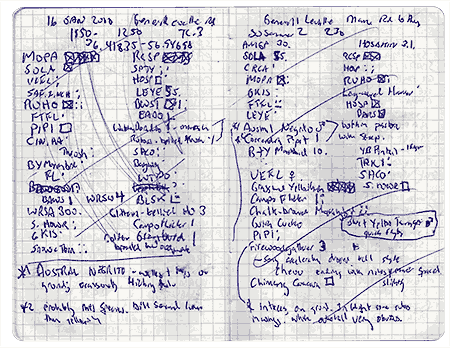
Jessie Barry, assistant curator of audio in the Macaulay Library, uses her field notebook to sketch and record data. Her notes and sketches of this Common Ringed Plover at Port Susan Bay in Washington in September 2006 supplied useful documentation for this exceptional rarity.
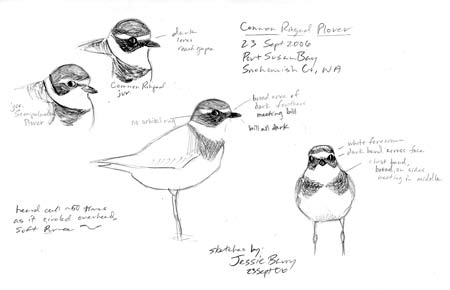
Pedro Fernandes, the Cornell Lab’s 2007 Bartels Science Illustration Intern, captures plumage details and behaviors in his field notebooks, along with habitat notes. Pedro took these notes on a canoe trip through some of the Rio Negro system in Brazil.
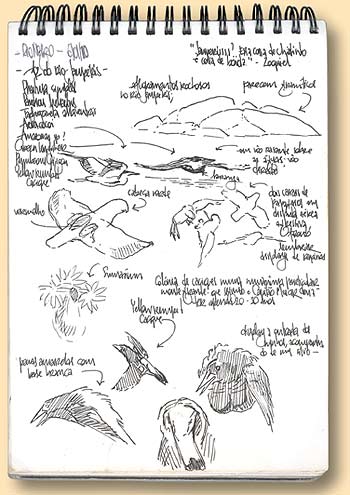
Tips for Keeping a Field Notebook
• Ring-binder notebooks work well to archive pages written in the field while conveniently holding pertinent maps, checklists, and photos.
• Many birders and field ornithologists like pocket-sized notebooks for sketching and for writing quick details that can be transcribed and expanded into a larger notebook during travel time or at the end of the day.
• Always keep your original notes after you transcribe them to eBird and/or a neater permanent notebook.
• Pencils write well under dry or wet conditions and don’t fade over time. Some ornithologists prefer permanent ink to prevent altering data.
• Waterproof paper enables you to take notes under rainy conditions, though it can be very expensive.
• Start out each trip by writing in the date, time, place, and weather conditions.
• Never use abbreviations for bird names unless they are ones you are extremely familiar with and are certain you will never forget.
• When you head to each new location for the day, start a new list. Keep track of the starting time at each location. Try to add the ending time at each, keeping track of travel time separate from birding time.
• Sketch interesting behaviors and plumages and unusual birds, and add notes to remind yourself of other details.
• If you take digital photos, make a notation next to bird names as you photograph them.
• Occasionally leaf through your old notebooks, both to conjure fond memories and to raise your sense of how you can improve your note-taking.
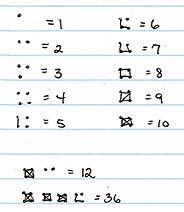
Tally ho! A simple way to keep track of numbers
Many birders keep track of large flocks by writing the number in a circle. But when you’re adding one or just a few individuals here and there, this is a simple way to keep track.
Originally published in the Spring 2010 issue of BirdScope.

All About Birds
is a free resource
Available for everyone,
funded by donors like you
American Kestrel by Blair Dudeck / Macaulay Library

